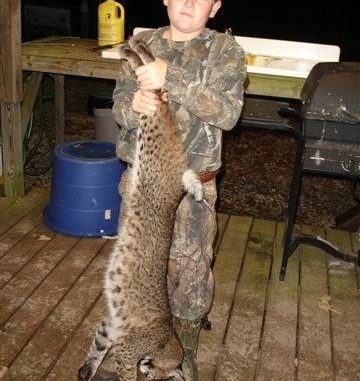
Beginning with Native Americans during pre-settlement through the modern day, trapping has been one of the nation’s unique past-times. To some, trapping has lost its luster, but, there is still a sold trapping community beating the bushes all over the Carolinas. In fact, North Carolina issues nearly 4,000 permits each year.
On Dec. 1, the core trapping season will begin. Before any enthusiastic outdoorsman gets ready to set out their trapping devices, he must make sure their grippers, snares or live traps are legal to avoid becoming a wildlife criminal.
In North Carolina and South Carolina, a trapping license covers the taking of armadillo, beaver, coyote, groundhog, mink, muskrat, nutria, opossum, otter, raccoon, skunk, weasel and bobcat. Also, gray and red foxes can be taken in specific counties under a special season and local regulations.
All traps — anything designed or built to take animals without a weapon —must have a weather-resistant ID tag bearing the owner’s name and address.
Four types of traps are permitted: box, snare, body hold and leg/foothold traps. Other traps, such as traps using hooks, poison or other physical versions that suspend animals off the ground are considered unlawful. Trappers should pay close attention to the type of trap designed for a particular species and where the trap will be placed.
Snares can be a very effective way to catch animals, but snares are only legal for taking beavers unless local laws specifically allow snares for another specified species. Also, for trappers using leg-hold traps for coyotes, mink or other land mammals, the trap jaws must contain smooth edges. No toothed or spiked trap jaws can be used whatsoever.
When trapping animals in the water, there are specific regulations where traps are either fully or partially submersed. Typically, trap spreads are required to be smaller on land and can be a measured length larger if placed in the water.
Since most trapping methods involve live capture of animals, traps are required to be visited on a daily basis, and all animals must be removed soon after discovered. However, when Conibear or the body hold-style of trap is used for trapping beavers in the water, they can be checked every 72 hours.
For more information about trapping in North or South Carolina, visit www.ncwildlife.org or www.dnr.sc.gov.




Be the first to comment